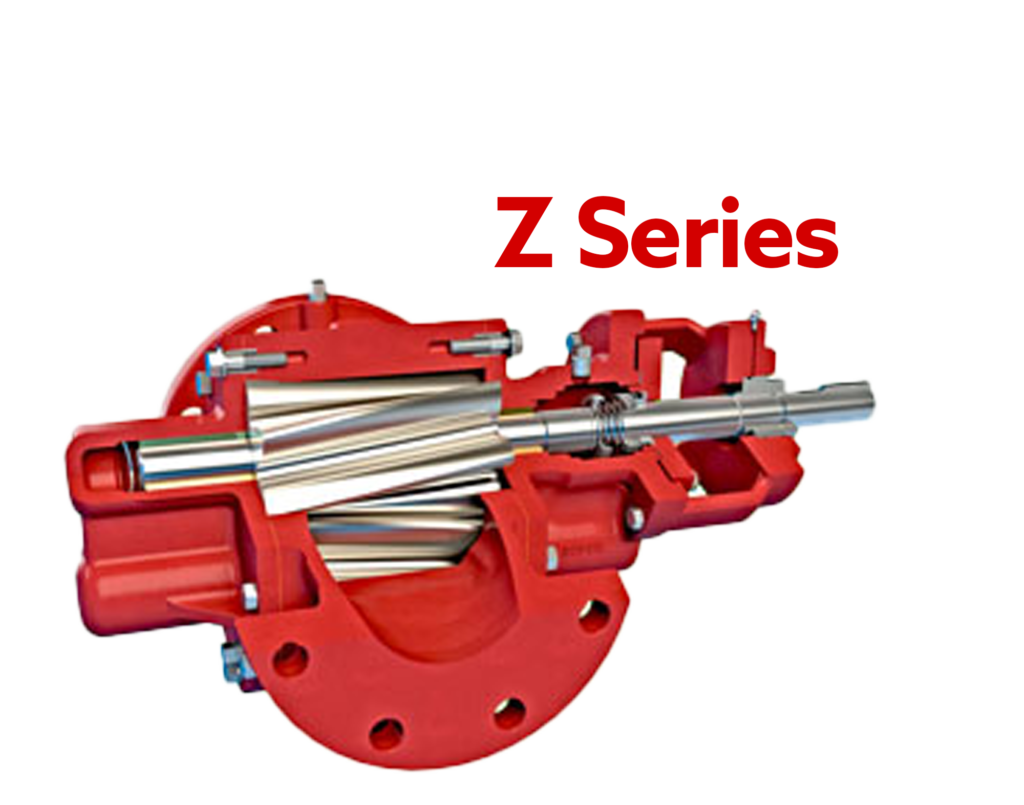Why Valorant Points are Worth the Investment

Valorant Points, or VP for short, are the in-game currency used to purchase a variety of items in Riot Games’ popular tactical first-person shooter, Valorant. VP can be purchased with real money or earned through gameplay, and they can be used to unlock new characters, weapon skins, player cards, and more.
The basic way to acquire VP is to buy them directly from the in-game store. Players can purchase VP in bundles ranging from 475 to 11,000, with the larger bundles providing a better value per point. The cost of VP varies depending on the player’s region, but generally, the more points a player buys, the lower the cost per point.
In addition to purchasing VP directly, players can also earn them by leveling up their Battle Pass or completing certain in-game objectives. The Battle Pass is a seasonal system that allows players to earn rewards by completing daily and weekly challenges. Each Battle Pass level-up grants a set amount of VP, which can be accumulated and spent on in-game items.
So, what can players use their VP for? One of the most popular uses of VP is to unlock new agents, which are the playable characters in Valorant. At launch, there were ten agents available, but more have been added over time. Each agent has their own unique abilities and playstyle, and unlocking them allows players to experiment with different strategies and find the agent that best suits their playstyle. New agents can be unlocked for 200 VP each, or players can purchase a bundle that includes all current and future agents for 7,100 VP.
Another popular use for VP is to purchase weapon skins. These skins are purely cosmetic and do not affect gameplay, but they allow players to customize their weapons and express their personal style. Weapon skins range from simple color variations to highly-detailed designs that are animated and reactive. Prices for skins vary depending on their rarity and complexity, with some of the most sought-after skins costing upwards of 2,000 VP.
In addition to agents and weapon skins, players can also use their VP to purchase player cards, which are customizable avatars that appear next to a player’s name during a match. These cards can be customized with different designs, backgrounds, and animations, allowing players to create a unique profile that stands out from the crowd. Player cards can be purchased for as little as 350 VP or as much as 1,000 VP, depending on the complexity of the design.
Other items that can be purchased with VP include weapon charms, which are small trinkets that attach to a player’s weapon and add a bit of personality to their loadout, and sprays, which are graffiti-like images that can be sprayed on walls during a match. These items are generally less expensive than agents, skins, or player cards, with prices ranging from 300 to 1,000 VP.
While Valorant Points can be a great way to enhance the in-game experience, it’s important for players to use them wisely. One common mistake that players make is overspending on items that they don’t use frequently. For example, if a player rarely uses shotguns in their loadout, it may not be worth spending 2,000 VP on a fancy shotgun skin. Players should focus on purchasing items that they will use frequently and get the most value out of.
Another important consideration when spending VP is the long-term value of the purchase. Some items, like agents and weapon skins, will always be relevant and useful, while others, like seasonal player cards or sprays, may lose their appeal after a few weeks or months.
The use of Valorant Points doesn’t stop there. The game’s developers also release new skins, weapon finishes, and other cosmetic items regularly. These items are available in the game’s store, and they can be purchased with Valorant Points.

Players can purchase skin bundles or individual skins for weapons, which can range in price from a few hundred to several thousand Valorant Points. Weapon finishes, on the other hand, are available in a battle pass that players can buy for 1000 Valorant Points.
The battle pass is another aspect of Valorant’s in-game economy that’s worth mentioning. It’s a season-long reward system that offers exclusive cosmetic items for completing challenges and leveling up. Players can buy the battle pass with Valorant Points, and once they’ve unlocked all of the rewards, they can earn back a portion of the points they spent.
Valorant Points can also be used to purchase in-game currency, known as Radianite Points. These points can be used to upgrade certain weapon skins or unlock additional customization options. However, Radianite Points can also be earned through gameplay, so players aren’t forced to spend their Valorant Points on them.
One of the benefits of Valorant Points is that they can be used across all of Riot Games’ titles, including League of Legends and Teamfight Tactics. If a player has Valorant Points, they can use them to purchase skins or other items in any of Riot’s games. This feature is called Riot Points, and it offers a convenient way for players to use a single currency across multiple games.

In conclusion, Valorant Points are an essential part of Valorant’s in-game economy, allowing players to purchase skins, weapon finishes, battle passes, and other cosmetic items. They can also be used to unlock Radianite Points, which provide additional customization options. As a currency that can be used across multiple Riot Games titles, Valorant Points offer a convenient and versatile way for players to purchase in-game items. Whether you’re a casual player or a serious competitive player, Valorant Points are an important aspect of the game that’s worth understanding.





